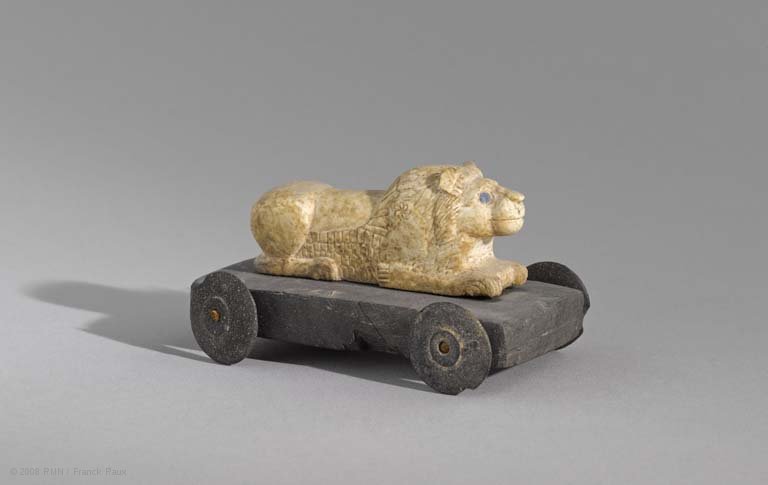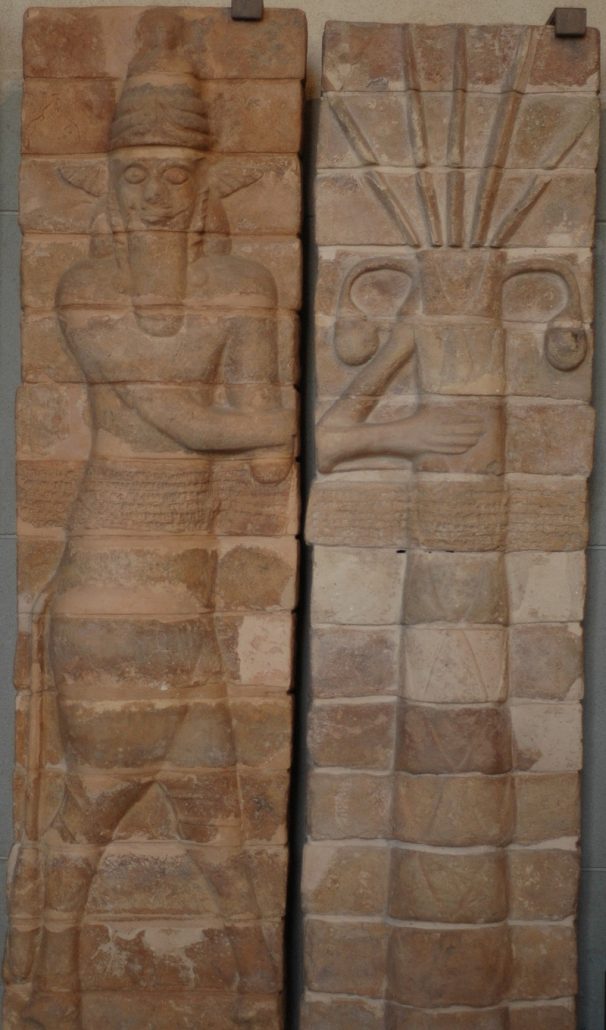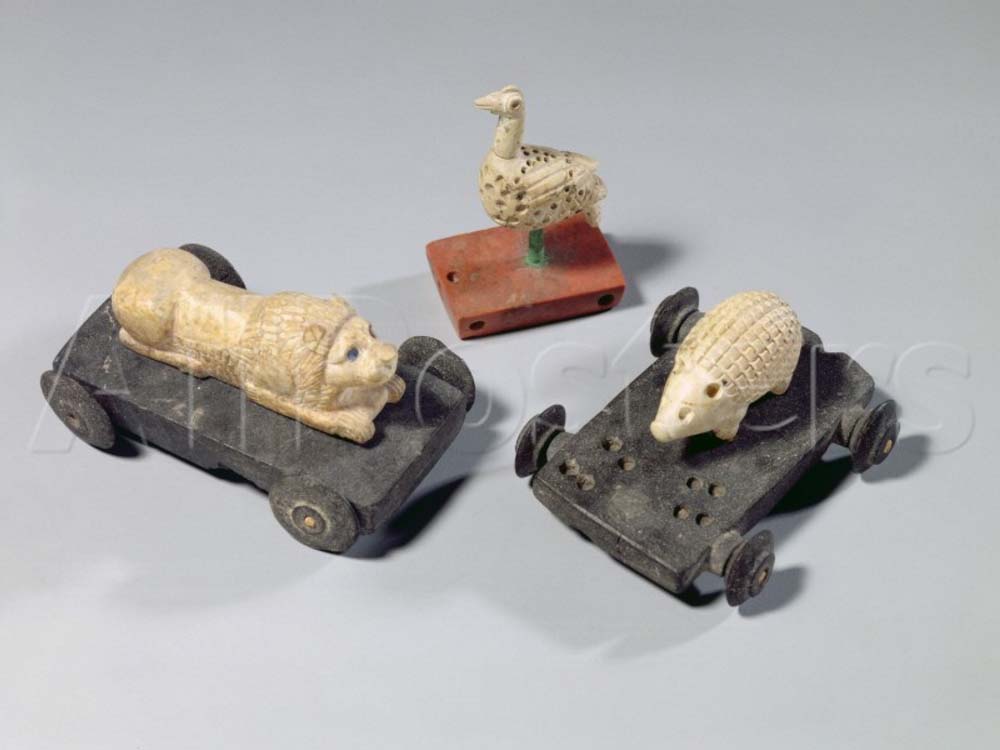The article below “Prehistoric Iranian Toys or Votive Carts?” was originally posted in Tavoos on December 21, 2016. The version posted below has been edited along with an additional photo (and accompanying captions) also inserted into the text.
Readers further interested in the pre Mede-Achaemenid era of ancient Iran may wish to click the below item:
================================================================================
These animal figurines shown in this article mounted on little carriages are part of a valuable deposit that was on display at the Louvre Museum in Paris. The relics were unearthed in Susa, southwestern Iran, in the early 20th century.
They are part of a valuable deposit unearthed by French mining engineer and archaeologist Jean-Jacques de Morgan (1857 – 1924) at Susa, southwest Iran, near the temple of Inshushinak. The collection of objects consists in a wide range of items assembled under the brilliant Shutrukid dynasty in the late second millennium BC. A number of animals on casters, tablets and wheels found in isolation indicate the widespread existence of these mobile objects, toys or votive carts, at Susa.

Close up of one the wheeled toys (?) carts with lion on top (Elamite era, c. 1150 BCE), discovered near the temple of Inshushinak (Source: Tavoos).
Morgan’s aim was twofold: first, to reveal the evidences of Elamite civilization, the importance of which was indirectly known by allusions from the Assyrians who destroyed Susa in 648 B.C.E. Second, to discover the very “origins” of eastern civilization, which Morgan assumed to have stemmed from Susiana. Consequently, Darius’s palace was considered as “low period” and the work was centered on the thirty-eight-meter-high Acropolis. To start with, however, there was the surprise discovery of a series of impressive examples of Babylonian civilization brought as war booty in the twelfth century B. C. by an Elamite conqueror. No immediate decision was taken about these findings but in 1900 Mozafaraldin Shah Qajar signed a special treaty was signed in 1900 by granting to France, all the antiquities found or would be discovered in Susa. In this way Louvre was to function as the depository of a complete set of archaeological material, which was unprecedented among archaeological expeditions. The initial shipment in 1901 was of unique importance, containing the Code of Hammurabi, the victory stele of Naram-Sin and Elamite antiquities such as a large bronze table displaying the unique skill of the Elamite metalworkers of the time.

Twelfth century BCE Elamite brick panel decoration from Susa’s outer wall of the temple of Inshushinak, Susa depicting a Man-Bull deity guarding a (sacred?) palm tree (Source: Jastrow (2005) in Public Domain). This is currently housed at the Department of Oriental Antiquities at the Louvre Museum.
Susa bears exceptional testimony to the Elamite, Persian and Parthian civilizations and cultural traditions. The modern Iranian town of Shush is located at the site of ancient Susa.
The function of these animals on casters remains unclear, however. Terra-cotta specimens have also been found at Susa (Louvre Museum, sb19324), raising the question as to whether they should be considered as toys or as votive carts carrying figurines. Susian children in the Middle-Elamite court may have played with them, pulling the little carts along with a piece of string. Scholars have also pointed to the religious connotation of human or animal figurines on wheels, suggesting they were purely votive offerings. Of course a toy could become an offering, dedicated to a divinity or buried alongside a deceased person.

Three of the Elamite children’s toys (?) (c. 1150 BCE) from the cache find at the temple of Inshushinak: a lion and hedgehog (sitting atop carts) as well as a standing dove (Source: Tavoos).
These works are part of a group of objects known as the “temple of Inshushinak cache,” found on the Susa acropolis near the temple of the god Inshushinak, whose name means “Lord of Susa.” These precious objects from various periods were gathered together in a sort of hiding-place in the late second millennium BC. They included animals on casters, bronze statuettes of praying figures, circuit games (Louvre Museum, sb2911, sb2912), jewelry and gold ingots. The interpretation of this treasure-trove, like that of the neighboring “golden statuette find” (Louvre Museum, sb2758), remains unclear, but both reflect the far-reaching influence of the Shutrukid dynasty, whose sovereigns sought to pay tribute to the god Inshushinak, particularly on the Susa acropolis, the religious center of Elam.



